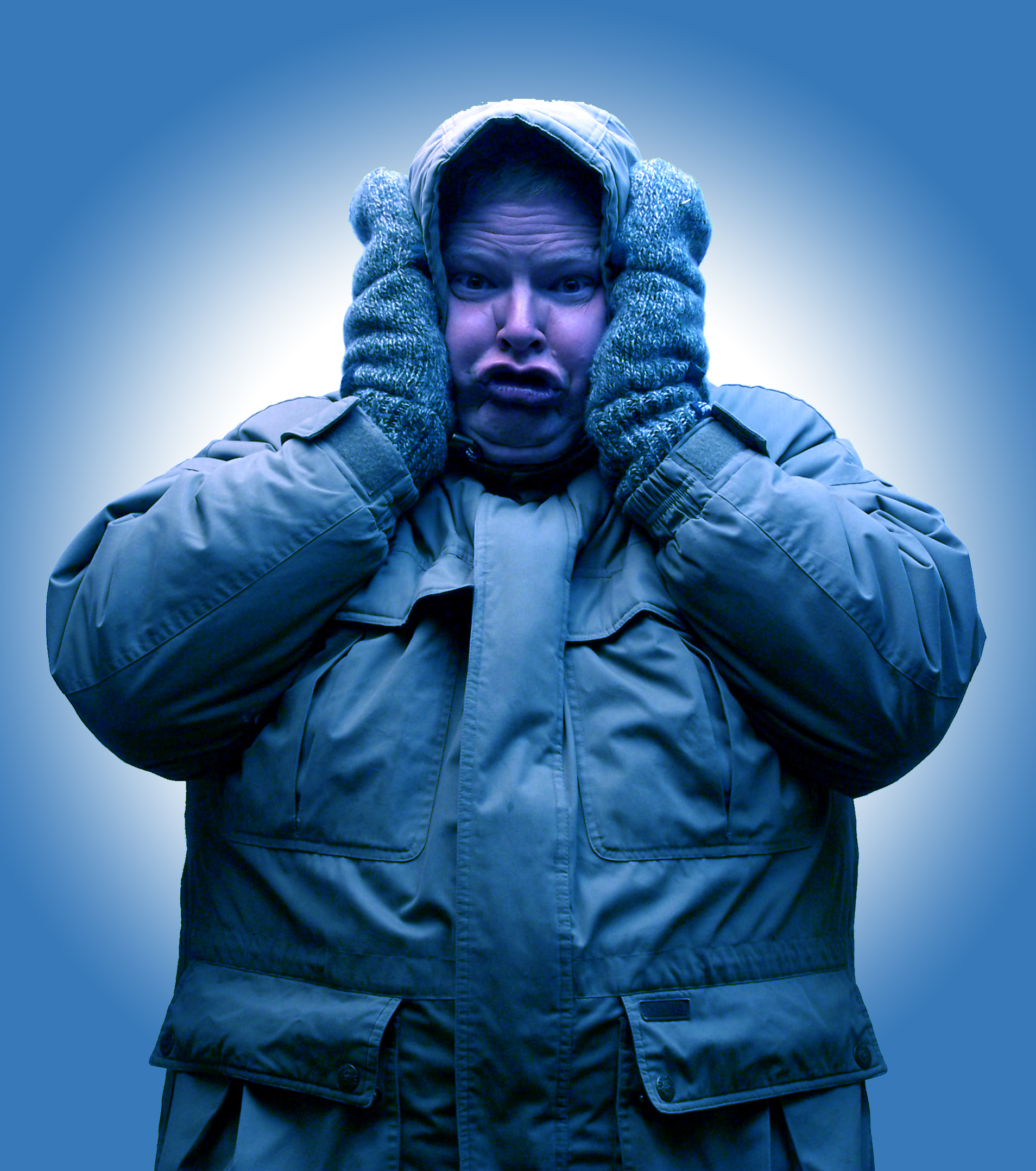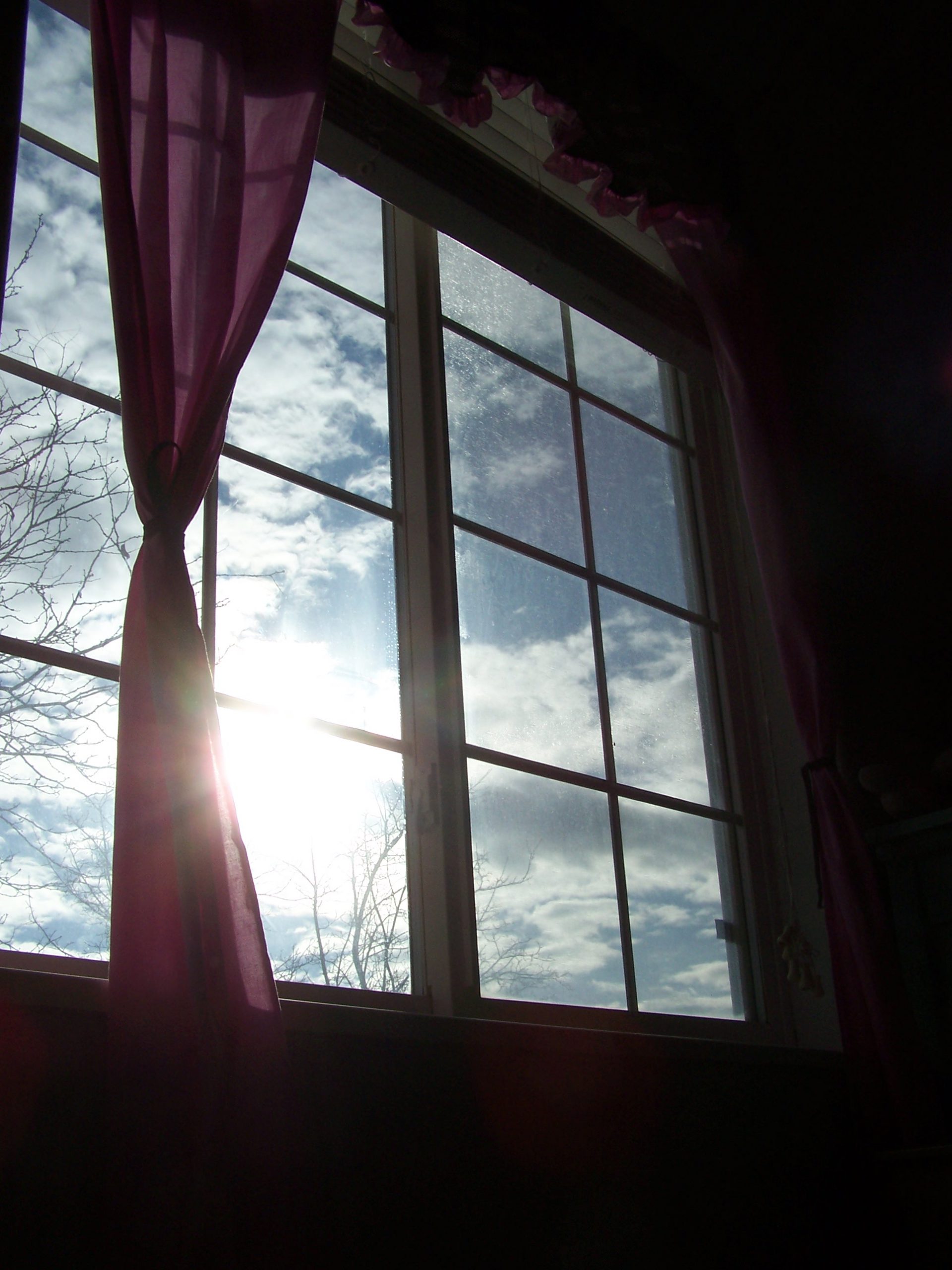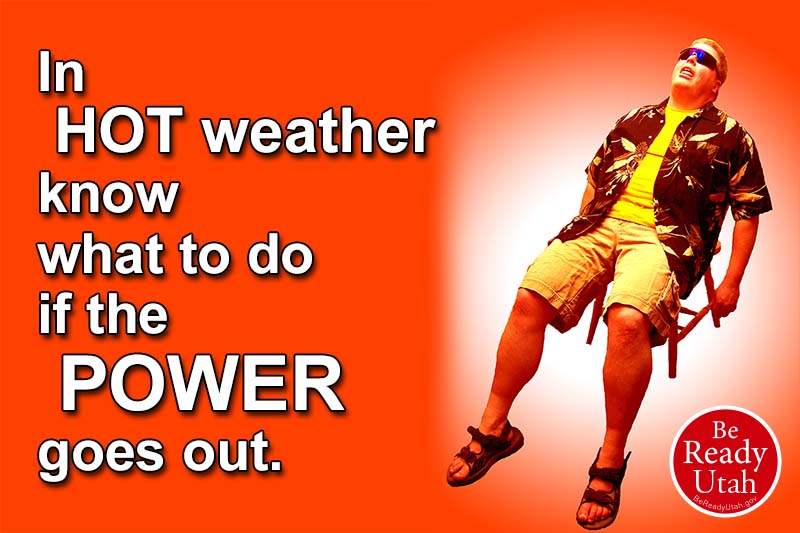Sheltering at Home in the Cold
HEADLINE! Cold Snap Freezes All City Utilities!
So…whaddya DO?
Just as in all preparedness plans, it is important to make your preparations before the emergency happens. Make your home ready for cold weather emergencies by applying the science concepts spoken of from the Sheltering, Clothing, and Fire page.
- Look for and create a warm room. Choose one room of the house as the designated warm room where everyone will spend most of their time. This saves on any limited heating resources you may have during the emergency situation.
- Select a room on the highest level of the house with a low ceiling. Since heat rises, these will be the warmest rooms. The low ceiling will hold the heat closer to where you need it to stay warm.
 Select a room with south facing windows. This will allow the direct sunlight to help provide heat during the day to your room. Keep all house windows clear and clean during the day to allow as much solar radiation in as possible. Think about turning your home into a make-shift solar oven.
Select a room with south facing windows. This will allow the direct sunlight to help provide heat during the day to your room. Keep all house windows clear and clean during the day to allow as much solar radiation in as possible. Think about turning your home into a make-shift solar oven.- Insulate your windows with clear plastic sheeting. This allows sunlight in during the day, but creates an insulative layer of trapped air to hold in heat. The distance between the plastic sheeting and the window should be about one inch. Be sure no air can escape from between the plastic and the window. Use duct tape to seal off any drafts. At night use curtains, blankets or other insulative materials draped over windows to help hold in the heat.
- Isolate and insolate your warm room from the rest of the house. Again you only want to warm as few areas as possible to conserve your heating supplies. Cover doors, under doors and other openings with blankets or towels. Don’t forget to leave some ventilation to allow oxygen into the room for breathing, especially if using heaters, candles, or other indoor safe supplies that consume oxygen. Just a thought, avoid using any kind of open flame if at all possible to avoid the risk of fire.

- Make a “nest” or a room within your warm room. Use small tents, blankets, couch cushions, etc. to isolate and insulate your nest and make it even warmer than the larger warm room. Couch cushions just like the fort you made as a kid are excellent for insulation.
- Get cozy with the family. Radiation from body heat can be used to keep each other warm and warm the inside of the nest. Get Mom, Dad, the kids, Grandma, and Grandpa all together in the same nest. Sleep together inside the same tent, even in the same bed or sleeping bag if possible.
- Eat high calorie foods and stay hydrated to generate heat from your metabolism, the process of breaking down food into energy. When possible, eat hot, simple to prepare meals to help in maintaining your body temperature. Avoid alcohol and caffeine in cold weather. They fool you into thinking you are warming up, but they actually accelerate heat loss by relaxing blood vessel capillaries rather than constricting them to conserve body heat.
- Use indoor safe heaters, fireplaces, or woodstoves. There are many commercially available alternative fuel heaters that are safe to use indoors. Be sure to allow a sufficient supply of oxygen to enter into your room and check the manufacture’s guidelines to know how to safely use your device. Keep a ready supply of fuel for your heater or fireplace.
Don’t forget the dangers of Carbon Monoxide (CO). Don’t use fuel burning camp equipment indoors. Don’t use gas appliances like the oven, stove, or dryer to heat your home. Don’t use gas powered tools indoors (generators, etc). Large propane bottles are never to be indoors, so have a long enough hose to allow the bottle to stay outside while the indoor safe heater is inside. Check the manufactures directions for safe operation.
Sheltering at Home in the Heat
HEADLINE! Heat Wave Knocks Out All City Utilities!
So…whaddya DO?
Click Here

